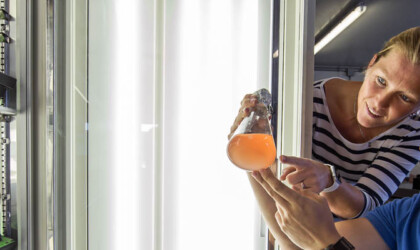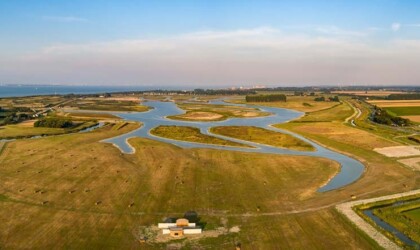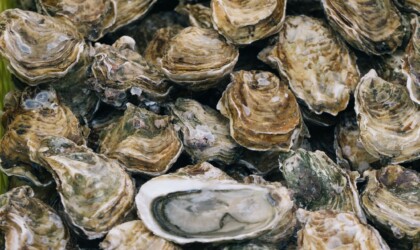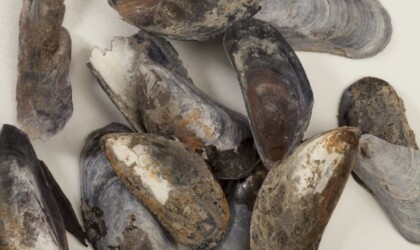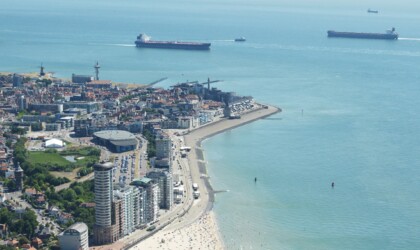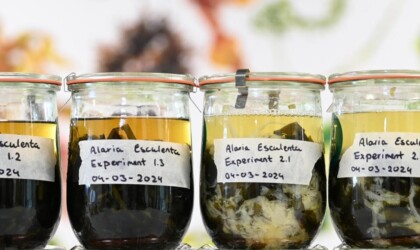Traditional flat oyster farming in the Netherlands is under pressure. A key reason is the sharp decline in the natural settlement of young oysters (larvae) on the seabed, which are essential for growing oysters to market size.
To offer the sector a sustainable future, a study was launched in 2020 to explore the capture of oyster larvae using so-called off-bottom materials - that is, materials suspended above the seabed. The initial results were promising.
However, the distribution of oyster larvae varies across both time and space. Oyster farmers want to know when and where larvae are present so they can deploy their collection materials at the most optimal times and in the most promising locations. This project therefore focused on developing a method that allows oyster farmers to measure the presence of larvae themselves.
With support from French knowledge partners, a method was developed to identify oyster spawning readiness at an early stage. During the larval season, efforts were also made to collect and monitor oyster larvae. Oyster farmers were trained through a practical workshop on how to recognise oyster larvae, and were provided with suitable equipment for this purpose. The results of the project offer valuable insights into alternative methods for larval collection, although real-world application remains challenging due to the associated costs and time investment.
This project was a collaboration between oyster farmers in Zeeland, the Dutch Oyster Association, researchers, government bodies, a machinery manufacturer, a vocational training institute, and a French organisation (CRC-Bretagne).


